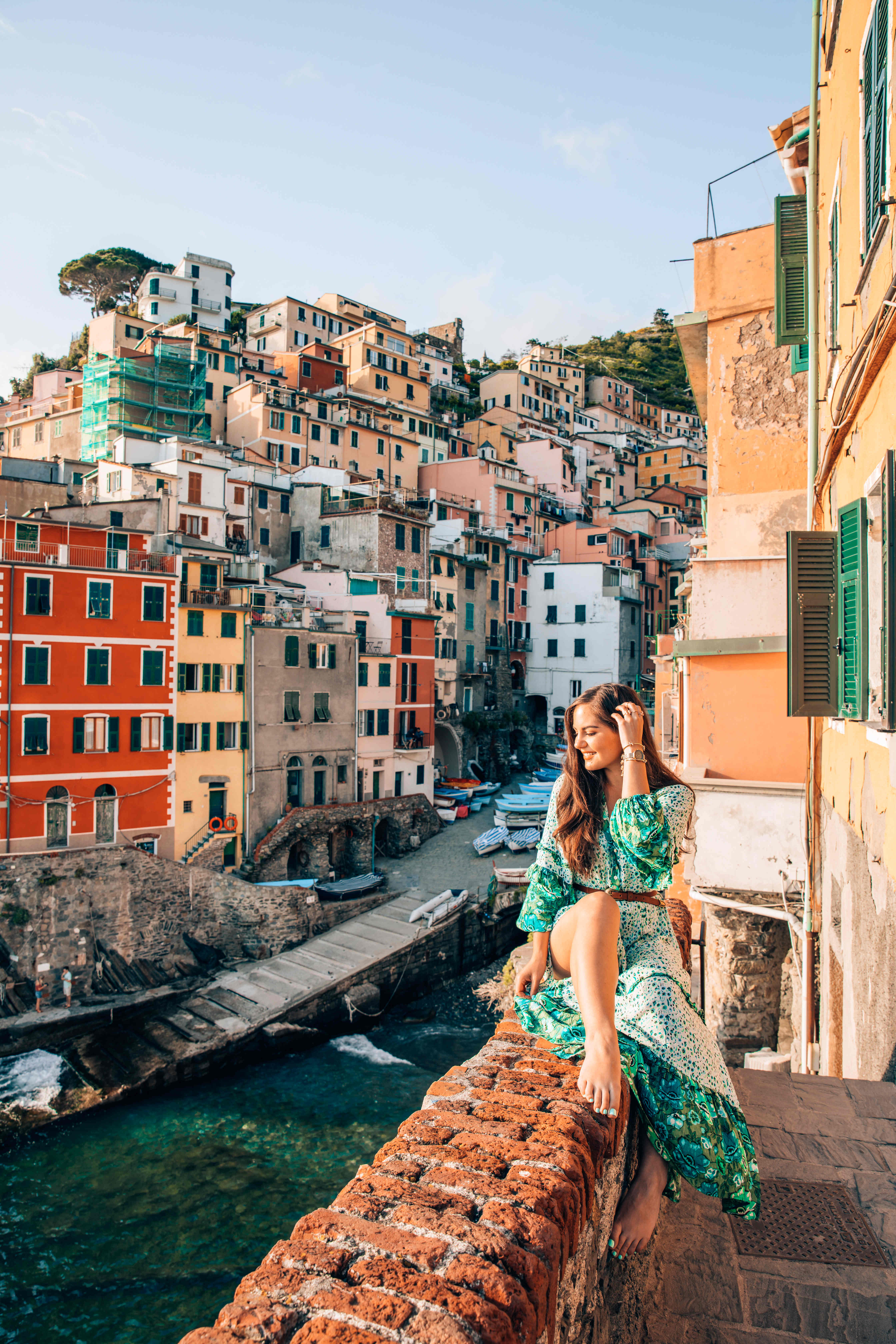Warm early morning sunlight reflects off Hanoi’s West Lake. The harmonious mix of air pollution and early morning mist creates a dreamy light, just like one of those sparkling filters that makes everything glow. It’s seven o’clock in the morning. Uniform wearing children whizz by on bicycles making their way to school while the older generations of Hanoians are slowly waking up their limbs with Tai Chi – esque stretches. This is Hanoi, as it is now, perhaps as it was many years ago as well. The absence of motorbikes highlights the different natural sounds: hushed chatter, lively music, rippling of water on the lake. This is where our tour begins, bright and early in Hanoi.

Ancient Past:
Trấn Quốc Pagoda
This transportive morning moment happens at the Trấn Quốc Pagoda which happens also to be the oldest buddhist pagoda in Hanoi, dating back to the seventh century. It resides on a small islet on the lake, surrounded by lush foliage, a few vendors selling turtles or fish, and two different ice cream shops.
The temple itself is made up of multiple small shrines and one large tiered pagoda. The ancient banyan tree has grown out over the them and wooden temples, this shades the courtyard. In each of the shrines is an offering most of an assortment of fruit and incense, along with a few candles. As the sun starts to climb higher you can make your way to the next stop: Quán Thánh Temple, which is just around the corner.

Quán Thánh Temple
Just a little walk down the road will be the Quán Thánh Temple, which is one of the oldest Taoist temples in the city. It was originally created to help protect Hanoi from spirits and evil influences.
There were four created, each to protect the different directions, Quán Thánh was to help protect the North. Its intricate designs and carvings are uniquely taoist, and the ancient Vietnamese lettering on the exterior of the temple makes it a must see for any history buff.

Văn Miếu
While it is still early it is best to explore one of Hanoi’s most famous temples, The Temple of Literature or rather Văn Miếu, as it is called in Vietnamese. The Temple of Literature was created in 1070, and was Vietnam’s very first university for the country’s elite. It was later converted to a temple to honor Confucius along with other sages and scholars.
The grounds are made up of a series of square shaped courtyards and ponds. Ancient Banyan trees tower over the small buildings, the enormous trunks are seemingly made up of thousands of smaller twisting legs. As you pass through each doorway into the next courtyard the sounds of the city will melt away making this temple one of the best escapes in the city.

Between the courtyards and lily ponds are various corridors full of stales, large stone plaques which are seemingly held up on the backs of large turtles. These are filled with names of specific students who passed the rigorous tests of the university. In the final courtyard is the main confucian temple which is ornately decorated and filled with offerings and small shrines.

After a while of exploring this complex you can make your way to the next stop on our tour of Hanoi!
Imperial Citadel of Thăng Long
Through the centuries these temples were all nestled in the shadow of Hanoi’s Imperial Citadel. The Citadel of Thăng Long was the ancient royal city, housing emperors, and elite families along with the general public. The Citadel was greatly destroyed during the French occupation, and has since been named a UNESCO World Heritage Site. Ancient artifacts are still being discovered at the site till this very day!

The complex is made up of many different buildings of various sizes, all painted in Vietnam’s royal color of yellow. Corridors, archways, and courtyards simultaneously lead into one another, creating a maze like pattern. Small groves of fruit trees surround various properties, and ornate faded tiles line the walkways. The peeling paint and unswept floors of some of the further and more obscure quiet buildings is where time has stood still. The stories, people, and chatter that once filled these halls have faded into the walls.

French Influence:
As time marched on, and the vibrant Citadel faded into disrepair as the French Occupation began. With the goal to make Hanoi the “Pairs of the East” the cities landscape began to change.
Slanted layered roofs, beautiful balconies, ornate moulding, and grand staircases make up some of the architecture which is extremely prevalent in Hanoi. The first French missionaries ventured to Vietnam in the early 1600’s, paving the way for a tumultuous path which would follow. For the subsequent 300 years, the French influenced much of Hanoi, from its architecture, to even the language. The French influence is still seen today through much of Hanoi. Large tree lined roads, bustling cafes and elaborate buildings are just a few reminders of Vietnam’s complicated cultural past.
French Quarter
Near the Citadel and all along Phan Đình Phùng road, there are many French mansions which are now occupied by diplomats of country officials. These historic buildings are painted in bright yellow or blue hues, showing a combination of French and Vietnamese styles. Take a walk down Phan Đình Phùng to see the different villas, with their large driveways, and uniquely mixed styles of French and Vietnamese details.

Other examples of French architecture can be found all around the Old Quarter and near the Opera House. Spend the morning taking a walk or a quintessentially Vietnamese cycle, and you will be able to spot many different crumbling French buildings.

Legends & Heroes:
Hoan Kiem Lake
The central meeting point for much of Hanoi is its famous Hoan Kiem lake. This is where the past meets present. On the weekends the road surrounding the lake is shut off, only bicycles and foot traffic are allowed. Here families take walks; small dance groups practise their moves, while elderly citizens drink tea over a game of chess.

All of this happens beside arguably the most iconic of Hanoian symbols: Tháp Rùa also known as Turtle Temple. This little temple sits on an island in the middle of the lake. Legend has it that in the 1400’s, an Emperor was boating out on the lake when confronted by the resident turtle God requesting its powerful sword be given back to him. After beating back the Chinese invaders, the Emperor gave the sword back to the turtle and named the lake after him.

At the opposite end of the lake resides Jade Island, which holds a temple in commemoration of Tran Hung Dao, who was a famous soldier that played a large role in the defeat of the Chinese armies in the early 13th century. The striking red bridge is also a symbol of the city; its bright color contrasts with the green water and low hanging trees which surround the island.

Just like its buildings, roads and houses, Hanoi has a complicated and layered history. Its long standing history of battles against invaders have helped shape much of the city’s architecture and attitude. Small nods to the traditional Chinese styles are sprinkled here and there in food, old writings and temples. Despite the influences of these different cultures, Hanoi is nothing if not Vietnamese.
All images belong to Kelsey, subject to copyright.






